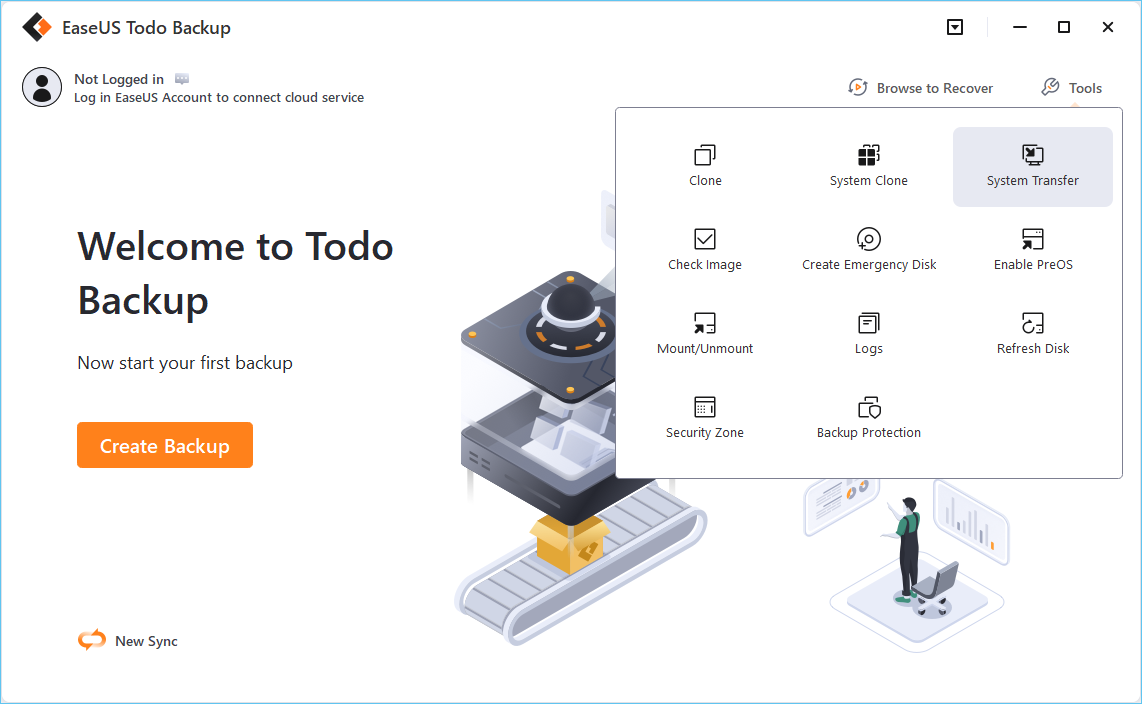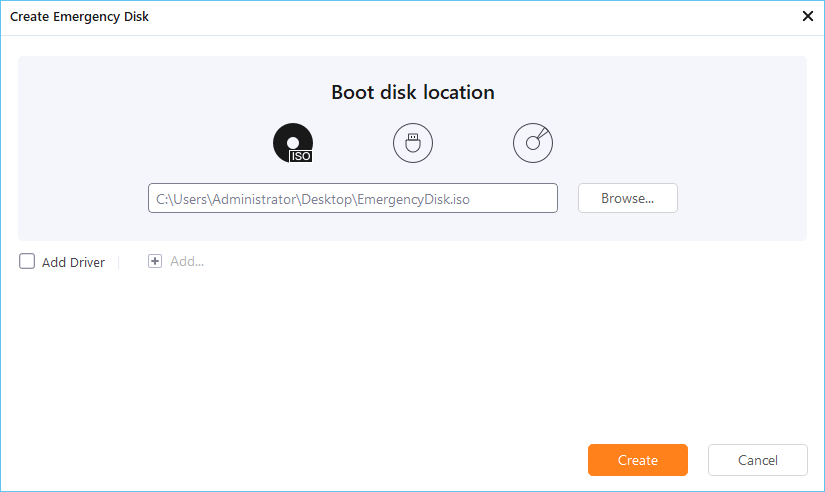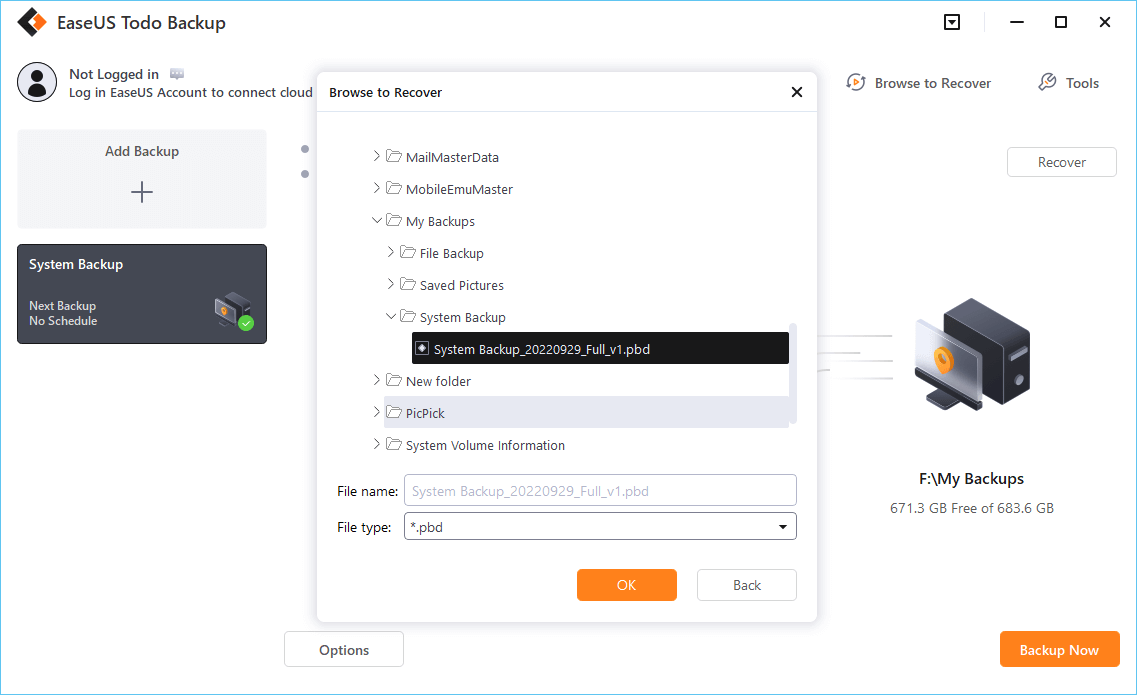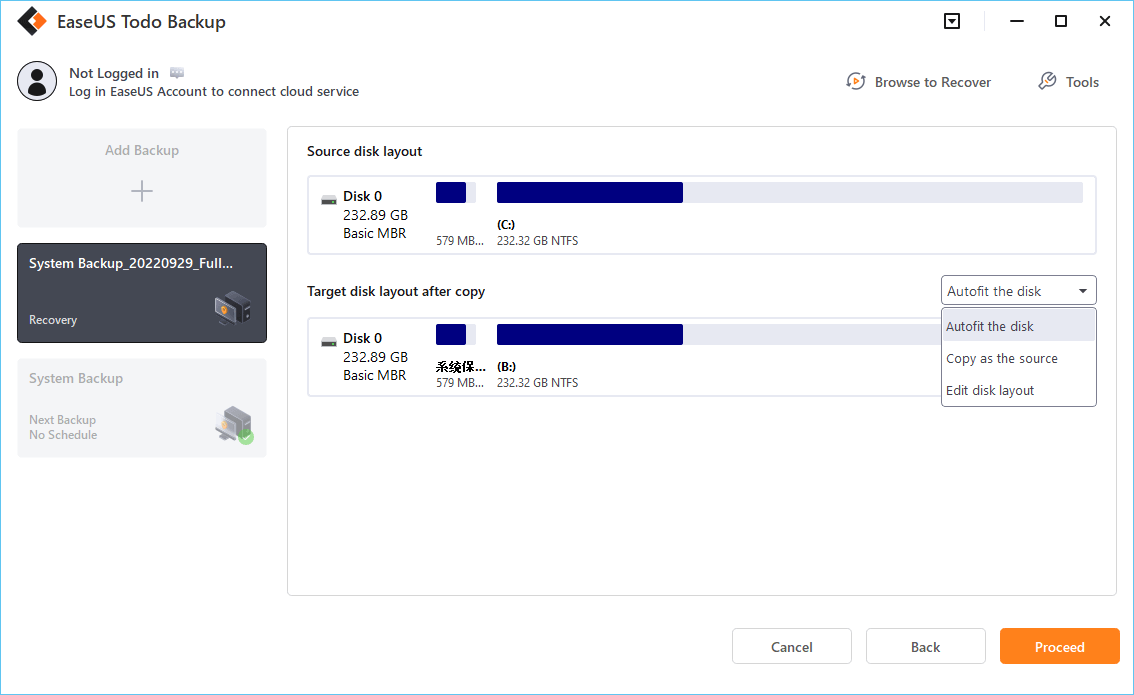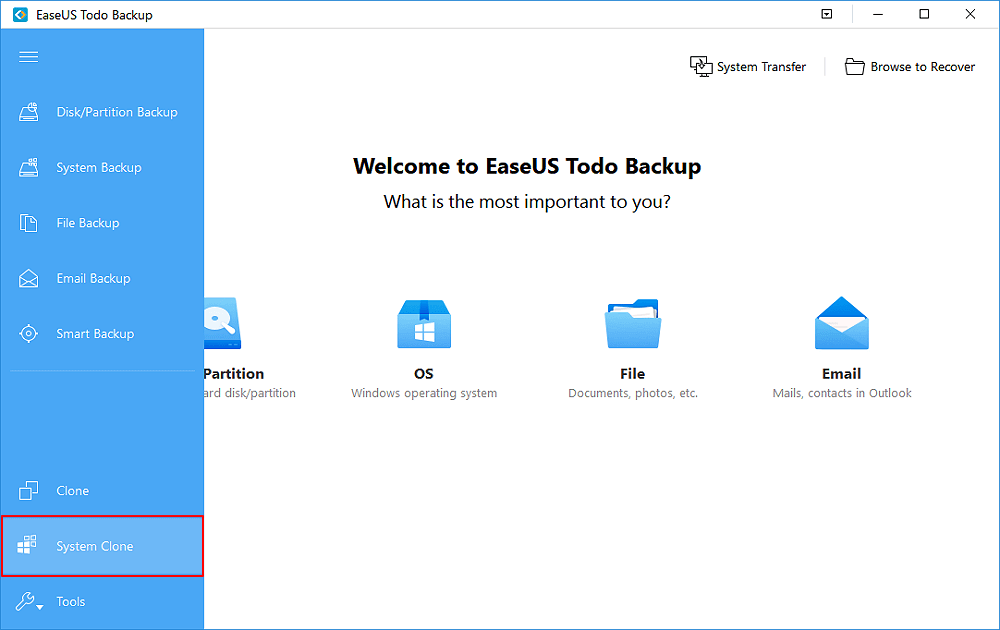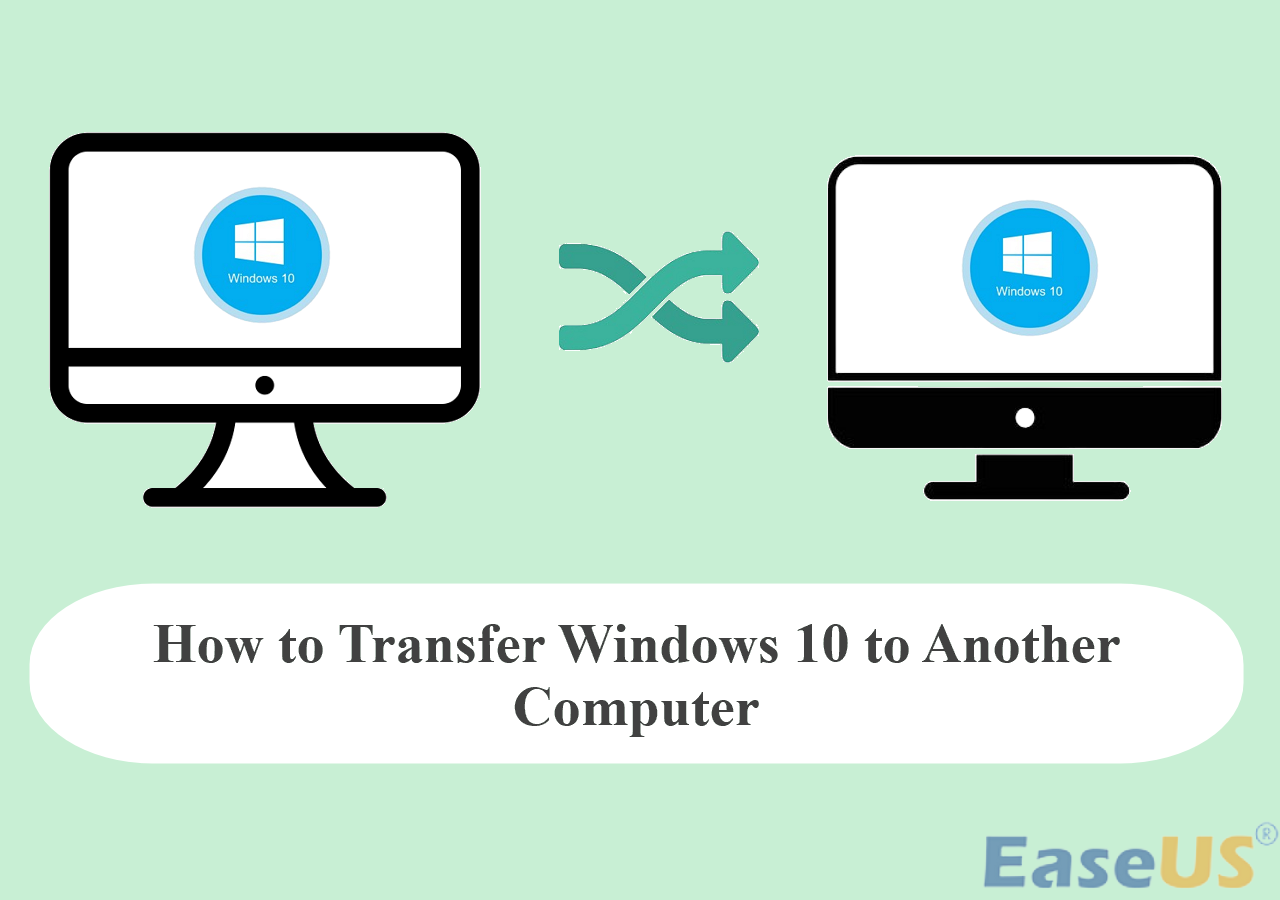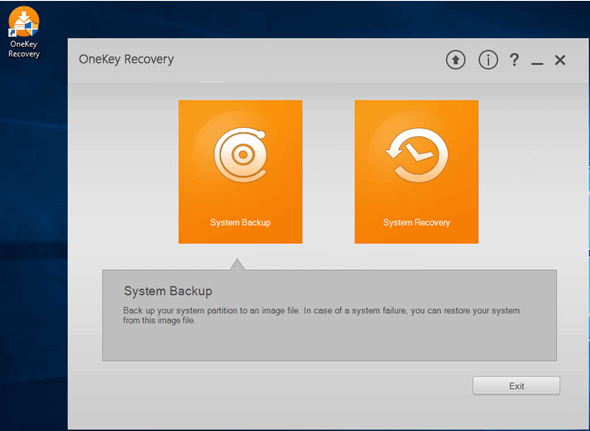Page Table of Contents
Do you know how to image a hard drive? Are you upgrading your hard drive? And do you want to copy all of your data and the OS to the new drive? What you can do is restore the Windows 10 system image of your old drive to the new hard drive.
Here's an in-depth guide for you if you want to know how to restore a Windows 10 system image from the old drive to a new hard drive. Keep reading to find out.
Why Would You Need to Restore System Image to A New Hard Drive
If your existing hard drive is facing issues, or if you are upgrading your hard drive to a faster and bigger drive and you want your data intact, you can create a system image of your old one and restore it onto your new drive.
The reason you will need to restore the Windows 10 system image to the new hard drive is to not lose your data and the OS from the old drive.
By restoring the system image from the old drive to a new hard drive, users don't lose their data and save time and energy as they can move the system image of their old drive to the new hard drive and get started in no time.
How to Restore Windows 10 System Image to A New Hard Drive
Microsoft Windows has a built-in tool to make a backup of your system image and make it easier to install on another hard drive.
We know of two methods to make the backup and restore process easier. Here's how you can restore a Windows 10 system image to a new hard drive.
Method 1. Restore using Backup and Restore (Windows 7)
1. Creating a System Image
Step 1. Click on the magnifying glass icon and search for the "Control Panel."
Step 2. Open the Control Panel and then click on "System and Security," and then select "Backup and Restore."
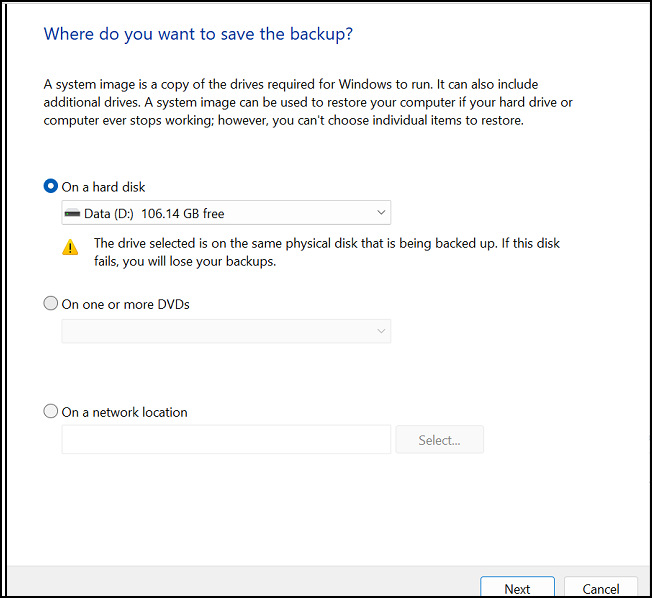
Step 3. On the left window pane, select "Create a system image."
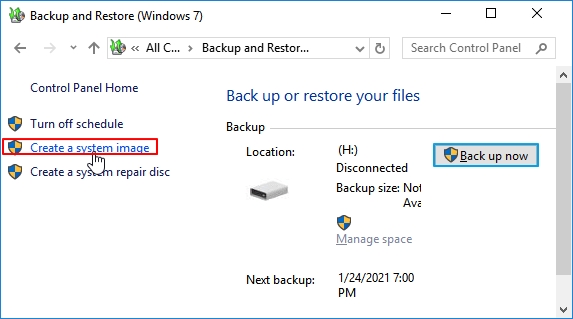
Step 4. Select the external USB flash drive that you want to save your backup on, and click on "Next."
Step 5. Now select "Start backup."
🚩Further Reading: How to Create a System Image Backup on Windows 11/10
2. Restoring System Image
Step 1. Turn off your computer, replace the old drive with the new drive, and also connect the backup USB drive to your computer that has the Windows 10 system image.
Step 2. Turn on your PC.
Step 3. Enter the BIOS settings by pressing the key that is assigned by your PC manufacturer.
Step 4. Inside the BIOS settings, make the USB flash drive with the recovery image as the primary boot device, and then press "F10" to save the settings and exit.
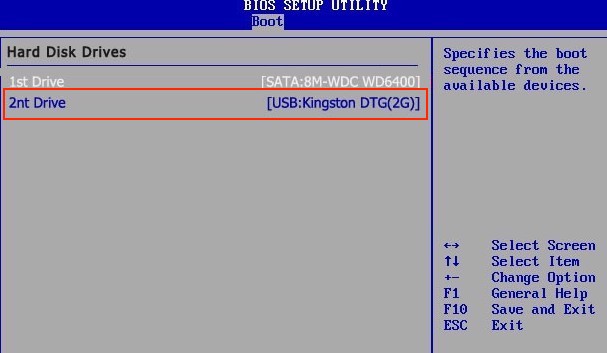
Step 5. Restart your computer.
Step 6. When the system is booting, press "F8" to access the "Advanced Options" window.
Step 7. Select "Troubleshoot," and then click on "Advanced Options."
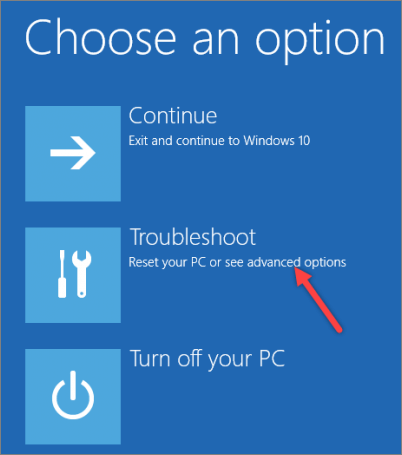
Step 8. Click on "System Image Recovery," when prompted to enter your Microsoft account's password, enter the password.
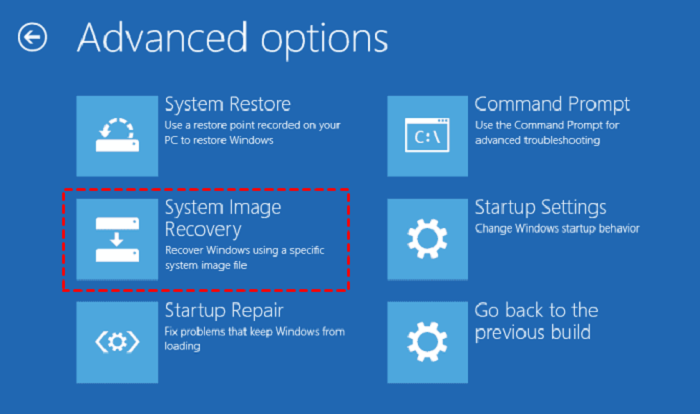
Step 9. Select Windows 10, and then tick "Use the latest available system image," and click on "Next."
Step 10. Select "Format and repartition disks," and then complete the restoring of the system image process by clicking on "Next," followed by "Finish," and then click on "Yes."
3. Extend Partition Size
If your new drive is larger than your old one, the new drive will have some unallocated space after restoring the system image. You will need to extend the partition to store new data and to perform any operations.
Here's how you can extend the partition size:
Step 1. Open the Run dialog box by pressing "Win+R."
Step 2. Type "diskmgmt.msc" to open Disk Management.
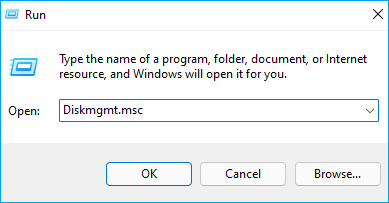
Step 3. Right-click on the drive and select "Extend Volume". You will enter the Extend Volume Wizard. Now click on "Next."
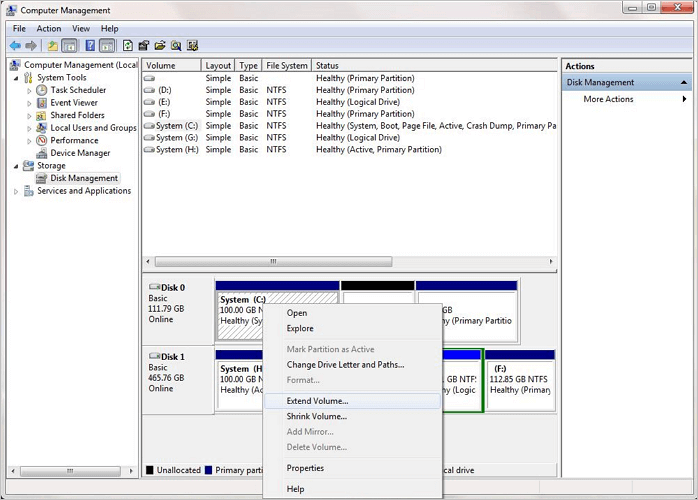
Step 4. Select the unallocated volume that you want to allocate to the drive, and click on "Next."
Step 5. Once the volume allocation is completed, click on "Finish."
You may be interested in other Backup and Restore Tips:
- An Ultimate Guide: How to Use Backup and Restore
- Windows 7 Backup and Restore Blank Screen Fixes
- Windows 11 Backup and Restore (Windows 7) Guide
Method 2. Restore System Image Using EaseUS Todo Backup
Another effective method for restoring system images is to use the powerful EaseUS Todo Backup tool called System Transfer, which allows you to transfer files and operating systems from one disk to another. With just one click, users can backup disks, partitions, files, and even OSs. The backup files or system image can be saved to the cloud, NAS, or local drives.
When restoring the system image or the backup on a different drive, EaseUS Todo Backup's system recovery speed is actually very quick, and you can password-protect the backups as well.
EaseUS Todo Backup has both paid and free versions. The free version of the software does most of the work for you. The paid version unlocks even more features, such as scheduling backups, system cloning, and more.
Some of the most notable EaseUS Todo Backup features are:
- Restore System to Different Hardware.
- Differential and incremental backups.
- Password-protect the backups.
- Save the backups to Cloud, NAS, or on a local drive.
Secure Download
Like restoring system image with Windows built-in tool, you need to first create a system image, and then restore it to the new hard drive. The next guide tells you how.
Step 1. Create an Emergency Disk to USB
1. Connect an empty USB flash drive or external hard drive (with over than 100GB space) to your PC.
Note: Initialize the USB or external hard drive as MBR, and create two partitions: set the first partition as FAT32 and the second partition as NTFS.
2. Run EaseUS Todo Backup and click "Tools" > "Create Emergency Disk".
3. Choose USB as the disk location to create the emergency disk and click "Create".
The bootable disk will help you boot computer and transfer system image to the new PC.
Step 2. Create System Backup Image on Source Computer
1. Click "OS" on the main page and Windows OS will be selected by default.
2. Choose the second partition of the USB drive which contains the emergency disk to save system image.
You may also save system backup image to another empty external disk (which must be equal or bigger than the system C drive).
3. Click "Backup Now" to start creating a system backup image to the target device.
Step 3. Boot Target Computer from EaseUS Todo Backup Emergency Disk
1. Eject EaseUS emergency disk and system backup image USB and connect it to the new computer.
2. Restart PC and press "DEL/F2/F10/F12" to boot into BIOS.
3. Go to the boot menu and set the computer to boot from the EaseUS Todo Backup emergency disk.
If you want to restore the system image to a GPT disk, you need to change the boot mode to EUFI in BIOS. Then your computer will enter EaseUS Todo Backup main interface.
Step 4. Transfer System to the New Computer
Note: Restoring system image to the new computer will erase the data on the target disk. Remember to back up the files in advance or use an empty disk to restore the system image to avoid data loss.
1. On EaseUS Todo Backup main interface, click "Tools" > "System Transfer".
2. Select the system image on your USB external drive and click "OK" to continue.
3. Then click "Proceed" to start transferring the system to a new computer.
Step 5. Restart PC with transferred system
1. Enter BIOS and set computer to boot up from the drive with the transferred system.
2. Save all changes and restart your computer.
3. Update all drive drivers and programs to ensure all things will work just fine on the new computer.
FAQs
1. Can I restore a system image to a new hard drive?
Yes, you can restore a system image of your old hard drive to your new hard drive.
2. How do I restore Windows 10 to a new hard drive?
- Create a system image of the previous drive and save it on a USB flash drive.
- Turn off your PC, and install the new hard drive on your PC.
- Insert the USB flash drive, and power on your PC.
- Press F8 to enter the Advanced options window.
- Click on Troubleshoot, followed by Advanced Options.
- Select System Image Recovery, enter your Microsoft account's password, and finally click on Windows 10.
- Select Use the latest available system image, and click Next.
- Now select Format and repartition disks and click on Next, then click on Finish, and finally click on Yes.
3. How do I restore a system image to a new SSD?
The process of restoring a system image to a new SSD is the same as restoring the system image from one hard drive to another.
Final Thought
Hard disks over a period of time of use can start to degrade, and there's a high risk of losing your data if it fails unexpectedly. The best way to avoid losing all of your data is to create a system image of your disk.
By restoring the system image, you can replace your old drive with the new drive and restore all of your data and the OS easily.
You can create a system image with Windows' in-built Backup and Restore, but with EaseUS Todo Backup the process is even simpler and faster.
Was this page helpful? Your support is truly important to us!

EaseUS Todo Backup
EaseUS Todo Backup is a dependable and professional data backup solution capable of backing up files, folders, drives, APP data and creating a system image. It also makes it easy to clone HDD/SSD, transfer the system to different hardware, and create bootable WinPE bootable disks.
Secure Download
-
Updated by
"I hope my articles can help solve your technical problems. If you are interested in other articles, you can check the articles at the bottom of this page, and you can also check my Facebook to get additional help."…Read full bio -
Written by
Jean is recognized as one of the most professional writers in EaseUS. She has kept improving her writing skills over the past 10 years and helped millions of her readers solve their tech problems on PC, Mac, and iOS devices. …Read full bio
EaseUS Todo Backup

Smart backup tool for your files, disks, APPs and entire computer.
Topic Clusters
Interesting Topics
